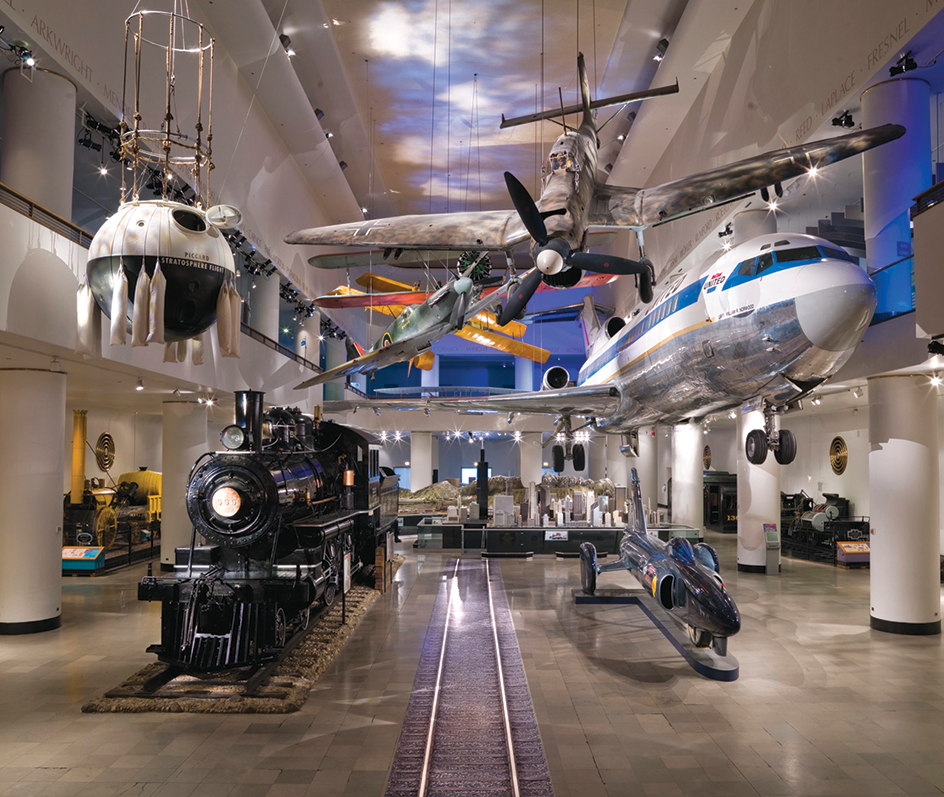Museum of Science and Industry, in Chicago, is the largest and most popular science and technology museum in the United States. It is designed to further public understanding of science and the use of science in industry by presenting enlightening and entertaining exhibits, educational programs, and other activities.

The museum opened in 1933 and now has over 600,000 square feet (56,000 square meters) of floor space. It is one of Chicago’s leading tourist attractions.
The museum focuses chiefly on the physical and life sciences, engineering, and mathematics. Many of its exhibits demonstrate scientific and industrial advances and their applications for the present and the future. The museum emphasizes informal science education, and most of the exhibits are three-dimensional and encourage participation by visitors. For example, visitors may push a button to activate a demonstration or walk into a life-sized display. Visitors to the museum may also take a trip through a coal mine, go aboard a submarine, stroll down a reconstructed street of 1910, and watch chicks hatch.
Many exhibits are presented as a public service by industrial firms, trade associations, professional societies, government agencies, and foundations. The museum staff develops other exhibits and activities.
The museum is housed in a restored classical style building from the World’s Columbian Exposition of 1893. The major areas opened after restoration of the building was completed in 1940. The museum was founded largely through the efforts of Julius Rosenwald, a Chicago businessman and philanthropist. He contributed $3 million to help establish the museum. In 2019, museum officials announced that the institution would be renamed the Kenneth C. Griffin Museum of Science and Industry. Griffin, a Chicago businessman and philanthropist, donated $125 million to the museum.
